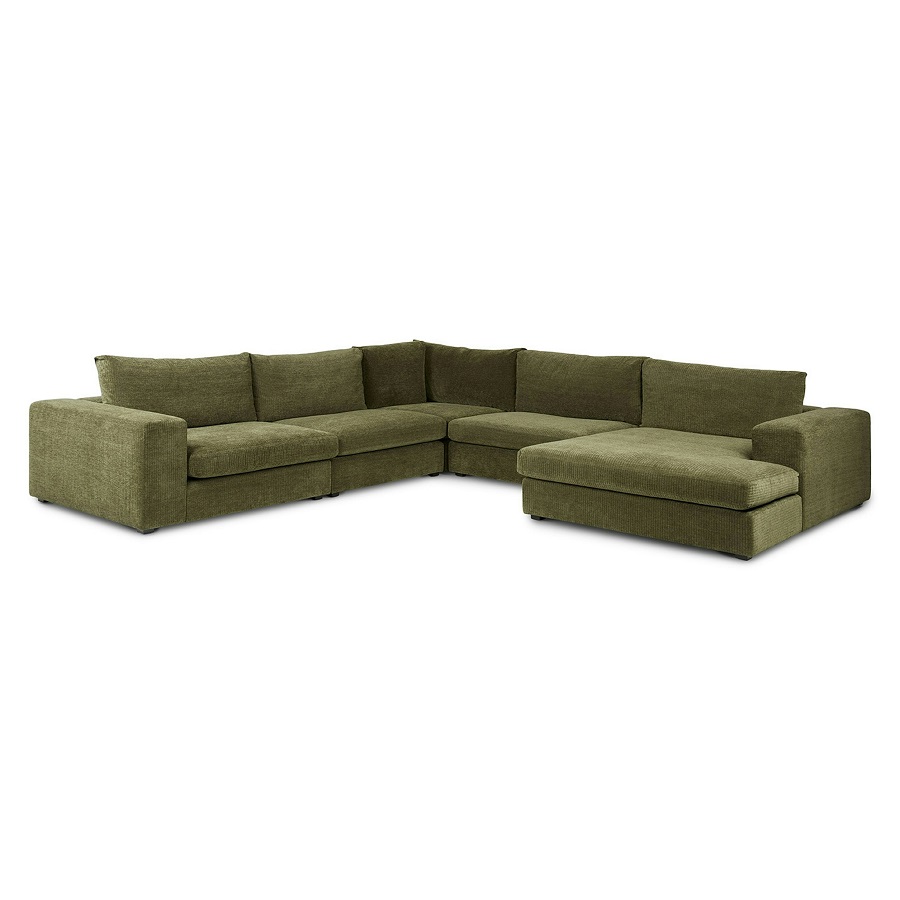Sleep Soundly: Understanding Memory Foam Mattress Lifespan
In the quest for the perfect night’s sleep, memory foam mattresses have become a popular choice among consumers due to their ability to contour to the body, relieve pressure points, and provide unparalleled support. However, like any investment in quality sleep, understanding the lifespan of a memory foam mattress is crucial to ensure that your purchase continues to deliver the comfort and restfulness it promised from day one. This comprehensive guide delves into the factors that influence a memory foam mattress’s longevity, signs indicating it’s time for a replacement, and tips on maximizing its lifespan.
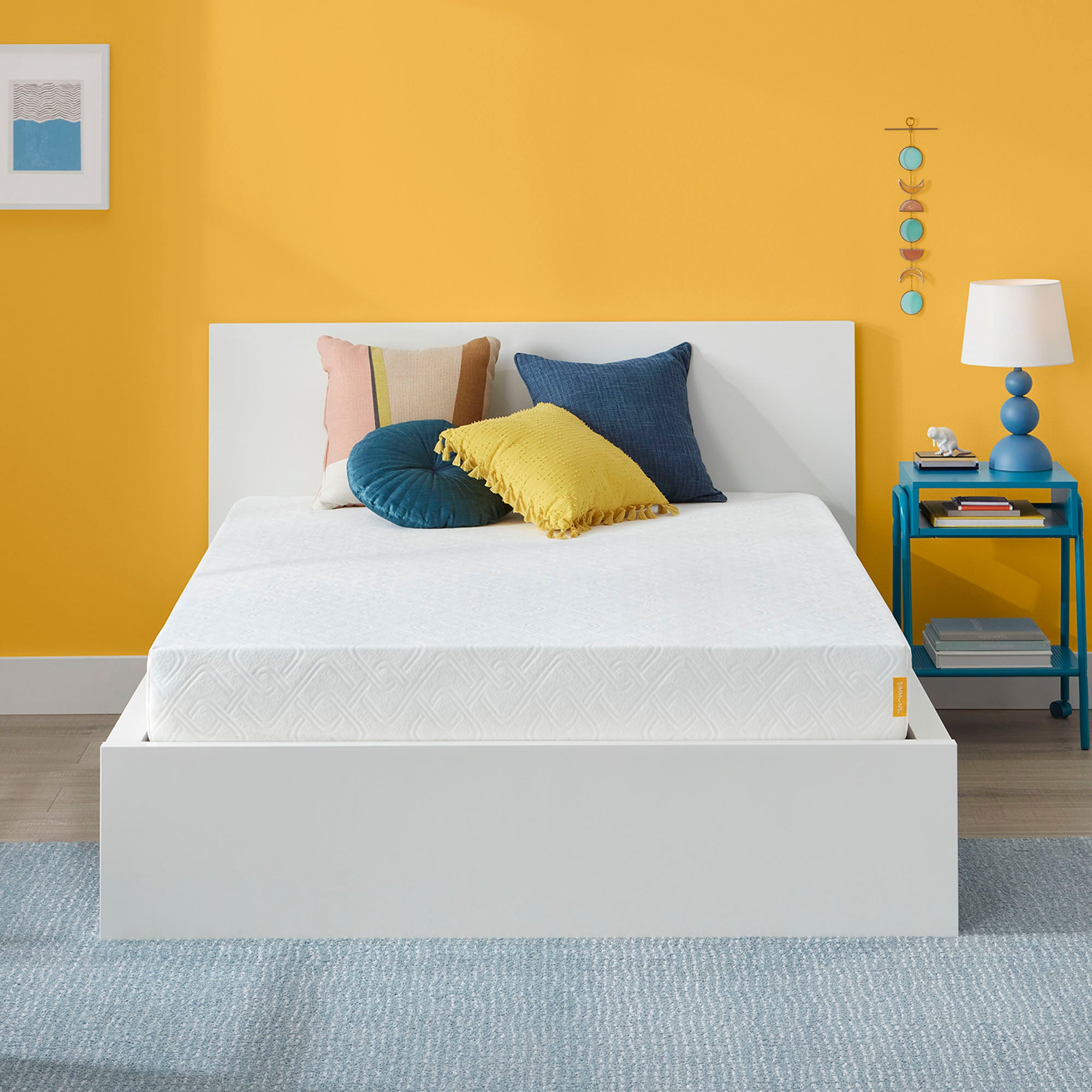
The Life Expectancy of Memory Foam Mattresses: An Overview
Memory foam mattresses typically boast a lifespan ranging from 8 to 10 years, though high-end models with superior quality materials can last up to 15 years. This life expectancy is significantly influenced by factors such as usage patterns, maintenance practices, and the quality of the materials used in construction. Unlike traditional spring mattresses, memory foam relies on dense polyurethane foam layers that can gradually lose their resilience over time due to compression and heat retention. Recognizing this natural degradation process is vital when assessing whether your mattress still meets your sleep needs or if it’s time to consider an upgrade.
Usage and Body Weight Impact
One of the most influential factors determining a memory foam mattress’s lifespan is the frequency and intensity of use. Heavier individuals put more strain on the mattress, causing the foam to compress faster and potentially leading to quicker wear and tear. Couples or families with children who frequently use the bed might also experience a shortened lifespan due to increased usage. Moreover, uneven weight distribution, such as consistently sleeping in the same spot every night, can cause uneven wearing and premature sagging. Regular rotation and flipping (if both sides are usable) can help mitigate these effects and promote even wear.
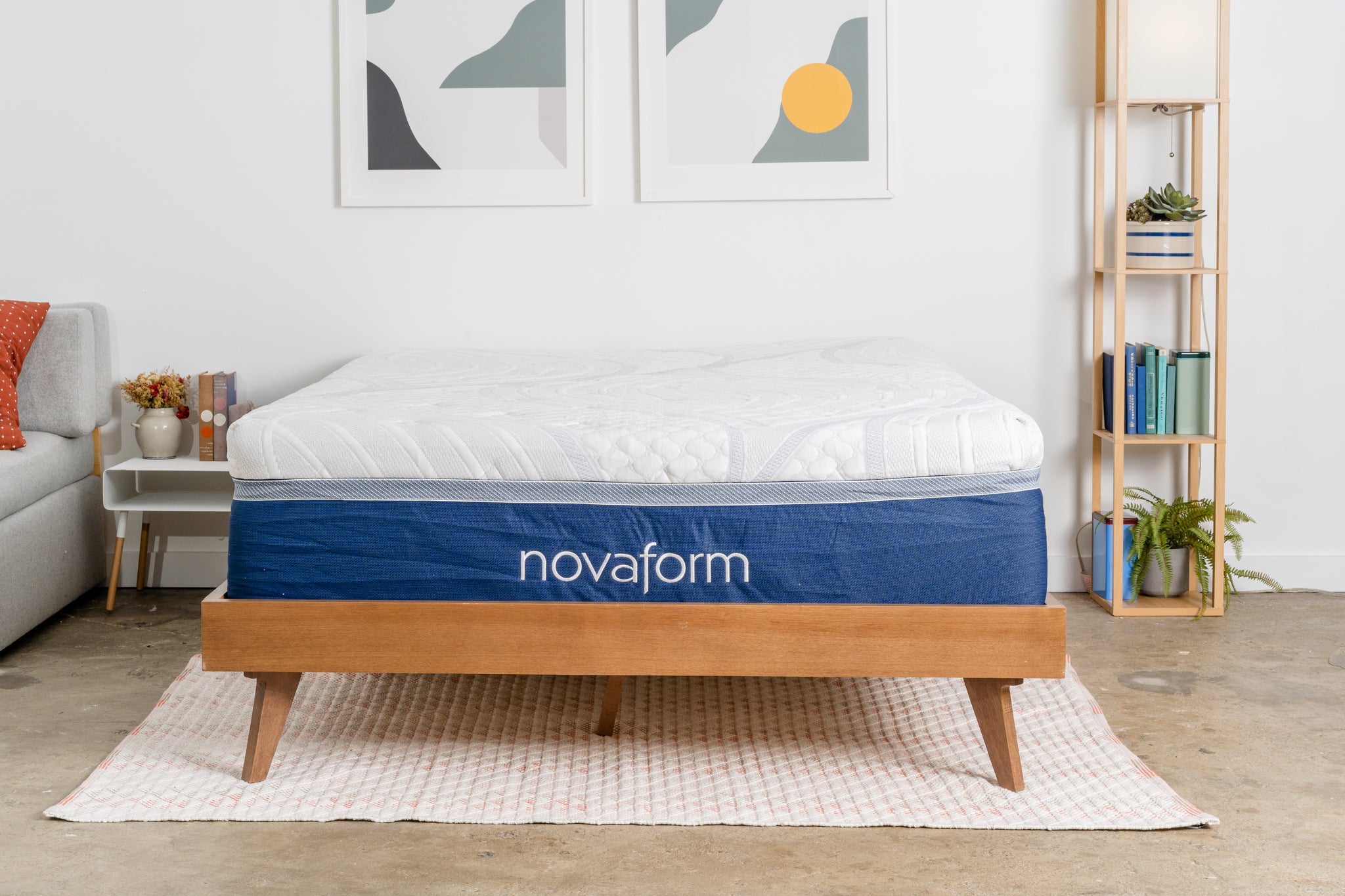
Quality of Materials and Construction
The durability of a memory foam mattress is intrinsically linked to the quality of its components. High-density foams generally offer better longevity as they are less prone to indentation and can maintain their shape over extended periods. Additionally, mattresses incorporating advanced technologies like gel-infused or plant-based memory foam can enhance breathability and heat dissipation, thereby reducing the foam’s degradation rate caused by prolonged exposure to body heat. Quality covers with moisture-wicking properties also play a role in preserving the mattress’s integrity by preventing the buildup of moisture and allergens that can degrade foam quality.
Maintenance and Care: Prolonging Your Mattress’s Life
Proper care and maintenance routines are pivotal in extending the life of your memory foam mattress. Regular vacuuming can remove dust, dirt, and pet hair, while spot cleaning with mild detergent addresses stains promptly. It’s essential to avoid excessive liquid as it can penetrate the foam and lead to mold or mildew growth. Using a waterproof mattress protector is advisable to shield against spills and accidents. Furthermore, rotating or flipping the mattress every six months helps prevent uneven wear and prolongs its comfort life. Lastly, ensuring proper support through a compatible foundation or frame prevents sagging and enhances the mattress’s overall stability.
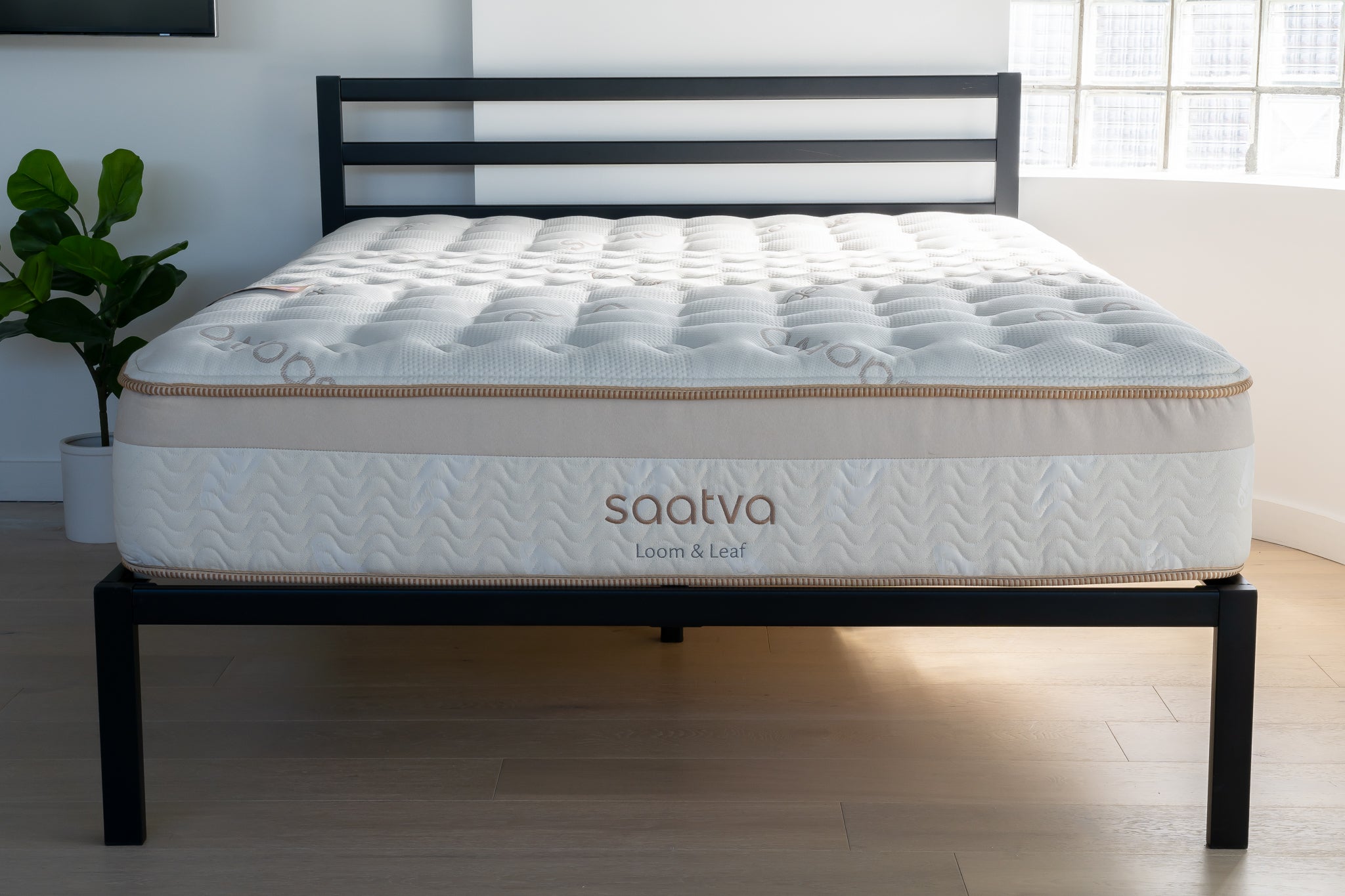
Identifying Signs of Wear and Tear
Recognizing the telltale signs that your memory foam mattress has reached the end of its useful life is crucial for maintaining a healthy sleep environment. Sagging or indentations deeper than one inch are indicators that the foam has lost its ability to provide adequate support. Persistent body aches and discomfort upon waking could also signal that the mattress is no longer offering the necessary pressure relief. Increased stiffness or difficulty in finding a comfortable position may point to deteriorating foam structure. Additionally, if you notice persistent odors despite regular cleaning, it could signify foam breakdown or the presence of mold, necessitating a replacement.
When to Replace Your Memory Foam Mattress
Ultimately, the decision to replace your memory foam mattress should be based on a combination of its age, visible wear, and your personal sleep quality assessment. If your mattress has surpassed the average lifespan of 8-10 years and exhibits clear signs of degradation, it’s time to start considering new options. Remember, investing in a new mattress is an investment in your health and wellbeing, and neglecting to replace a worn-out mattress can exacerbate existing health issues and contribute to poor sleep hygiene.
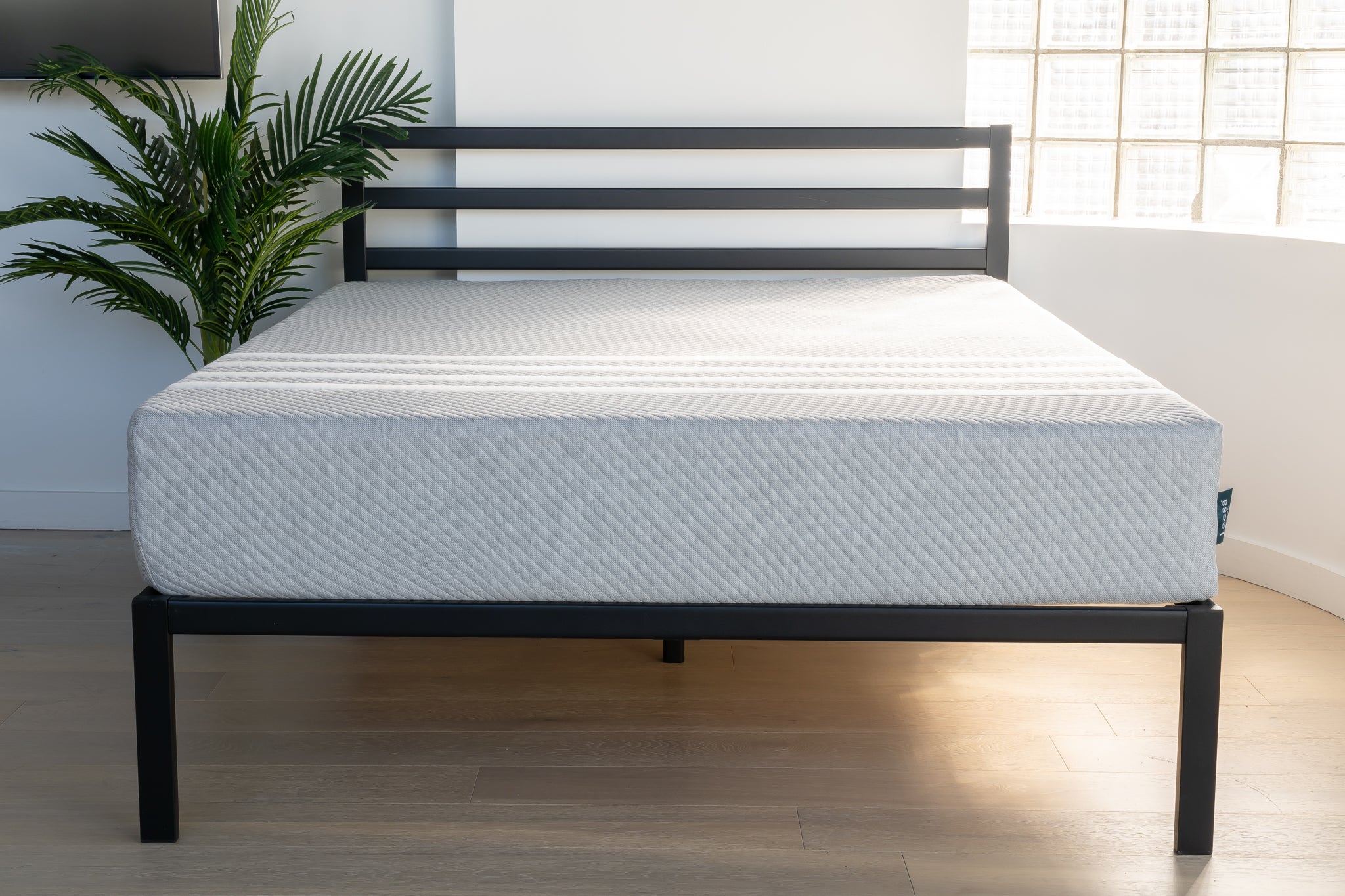
Maximizing Value: Choosing Wisely for the Future
When shopping for a new memory foam mattress, prioritize quality over cost to ensure maximum value and longevity. Look for mattresses with high-density foams, certified for their durability and safety. Opt for brands that offer extensive warranties, indicating confidence in their product’s lifespan. Consider your specific sleep needs, including firmness preference, cooling technology, and motion isolation, as these features directly impact your sleep quality and the mattress’s longevity. Lastly, take advantage of sleep trials offered by many manufacturers, allowing you to test the mattress risk-free and confirm its suitability before fully committing.
Innovative Technologies to Look For
As you embark on your search for a new memory foam mattress, it’s essential to stay informed about the latest innovations that can significantly enhance your sleep experience. Here are some cutting-edge technologies to keep an eye out for:
- Graphene-Infused Foams: Mattresses incorporating graphene, a highly conductive material, offer superior heat dissipation, ensuring you stay cool throughout the night. This technology addresses a common complaint with traditional memory foam – heat retention.
- Plant-Based Memory Foams: Environmentally conscious sleepers can opt for mattresses made with plant-based materials. These foams reduce the reliance on petroleum, making them more eco-friendly while still providing the contouring comfort memory foam is known for, often with improved breathability.
- Responsive Foams: Advanced foam layers that adjust to your body’s movements more dynamically can provide enhanced pressure relief and support. These foams respond quickly to changes in sleeping positions, reducing the feeling of being “stuck” in the mattress.
- Smart Mattresses: Integrating technology into bedding, smart mattresses can track your sleep patterns, analyze your sleep quality, and even adjust the bed’s firmness according to your preferences. This personalized approach to sleep optimization can lead to significant improvements in overall restfulness.

In conclusion, understanding the lifespan of a memory foam mattress and the factors that influence it empowers consumers to make informed decisions about their sleep investments. By practicing diligent maintenance, recognizing signs of wear, and selecting a high-quality mattress tailored to individual needs, you can enjoy restful nights for years to come, ensuring that your journey towards sound sleep remains uninterrupted.









